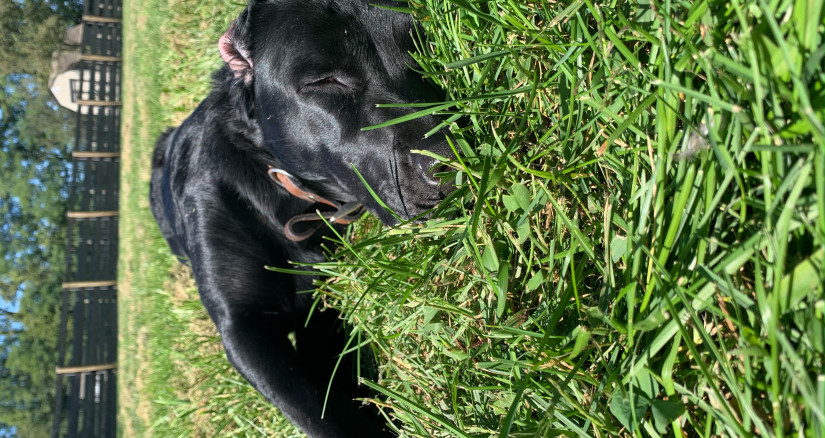
April Showers May Bring Flowers and Toxicity: 10 Popular Spring Flowers that can be Toxic to your Dog
Spring is in the air, and for a lot of people that means updating and tackling those winter neglected flower beds, making them colorful, bright, and happy. While not all dogs go around eating flowers or bulbs, some may, and it is helpful to understand which of these flowering plants may be toxic to your pet. Here are some of the top 10 flowers to watch out for, and some examples of each, when planting. For a more comprehensive list of toxic plants visit the ASPCA Toxic Plant List for Dogs.
1. Tulip
- Common Name: Tulip
- Scientific Name: Tulipa spp.
- Family: Liliaceae
2. Lily (many varieties are toxic to pets)
- Common Name: Lily/Climbing Lily/Superb Lily/Gloriosa Lily
- Scientific Name: Gloriosa superba
- Family: Liliaceae
- Common Name: Plantain Lily/Hosta
- Scientific Name: Hosta plataginea
- Family: Liliaceae
- Common Name: Blue Bead/Corn Lily
- Scientific Name: Clintonia borealis
- Family: Liliaceae
- Common Name: Calochortus nuttali/Sego Lily/Mariposa Lily
- Scientific Name: Calochortus spp.
- Family: Liliaceae
3. Gladiola
- Common Name: Gladiolus/Gladiola
- Scientific Name: Gladiolus species
- Family: Iridaceae
4. Daffodil (especially the bulbs)
- Common Name: Daffodil/Narcissus/Jonquil/Paper White
- Scientific Name: Narcissus spp.
- Family: Amarylidaceae
5.Milkweed
- Common Name: Milkweed
- Scientific Name: Asclepias species
- Family: Asteraceae
6. Bird of Paradise
- Common Name: Bird of Paradise/Peacock Flower/Barbados Pride/Poinciana/Pride of Barbados
- Scientific Name: Caesalpinia gilliesii
- Family: Leguminosae
7. Maidens Breath
- Common Name: Maidens Breath/Baby’s Breath
- Scientific Name: Gypsophila elegans
- Family: Caryophllaceae
8. Chrysanthemum
- Common Name: Daisy/Mum
- Scientific Name: Chrysanthemum spp.
- Family: Compositae
9. Begonia
- Common Name: There are over 1,000 species and 10,000 hybrids
- Scientific Name: Begonia spp.
- Family: Begoniaceae
10. Azalea
- Common Name: Rosebay/Rhododendron
- Scientific Name: Rhododendron spp.
- Family: Ericaceae
Whether deciding on plants for your own garden, visiting someone else's garden or backyard, or gifting flowers to a friend with a pet, keep in mind that some flowers may cause problems when ingested or even if just a small amount is sniffed or chewed. Be sure to check those potential plants on the ASPCA Toxic Plant List for Dogs before planting in a garden or gifting a gorgeous bouquet of Stargazing lilies. If it is suspected that your pet has been in contact with a potentially harmful plant, contact your local veterinarian or the Pet Poison Hotline as soon as possible.
Follow us on LinkedIn for the latest updates on all things happening here at BSM Partners.
About the Author
Dr. Sydney McCauley is a Board-Certified Companion Animal Nutritionist and earned both her bachelor’s and doctoral degrees at Virginia Tech in Animal and Poultry Sciences. McCauley’s research was in nutritional physiology with a focus on understanding the effects of low birth weight on glucose, fatty acid, carbohydrate, and amino acid metabolism in skeletal muscle and overall metabolic homeostasis during neonatal development.
This content is the property of BSM Partners. Reproduction or retransmission or repurposing of any portion of this content is expressly prohibited without the approval of BSM Partners and is governed by the terms and conditions explained here.